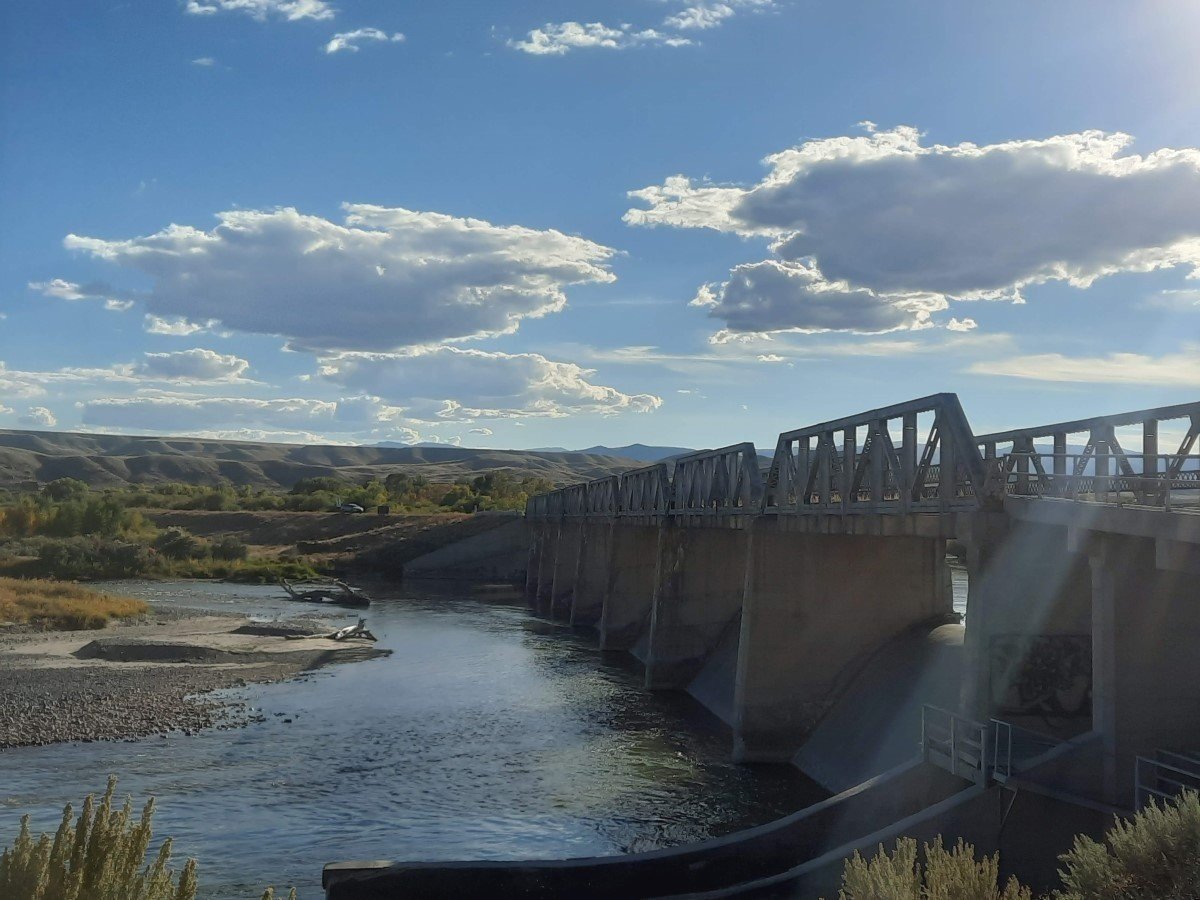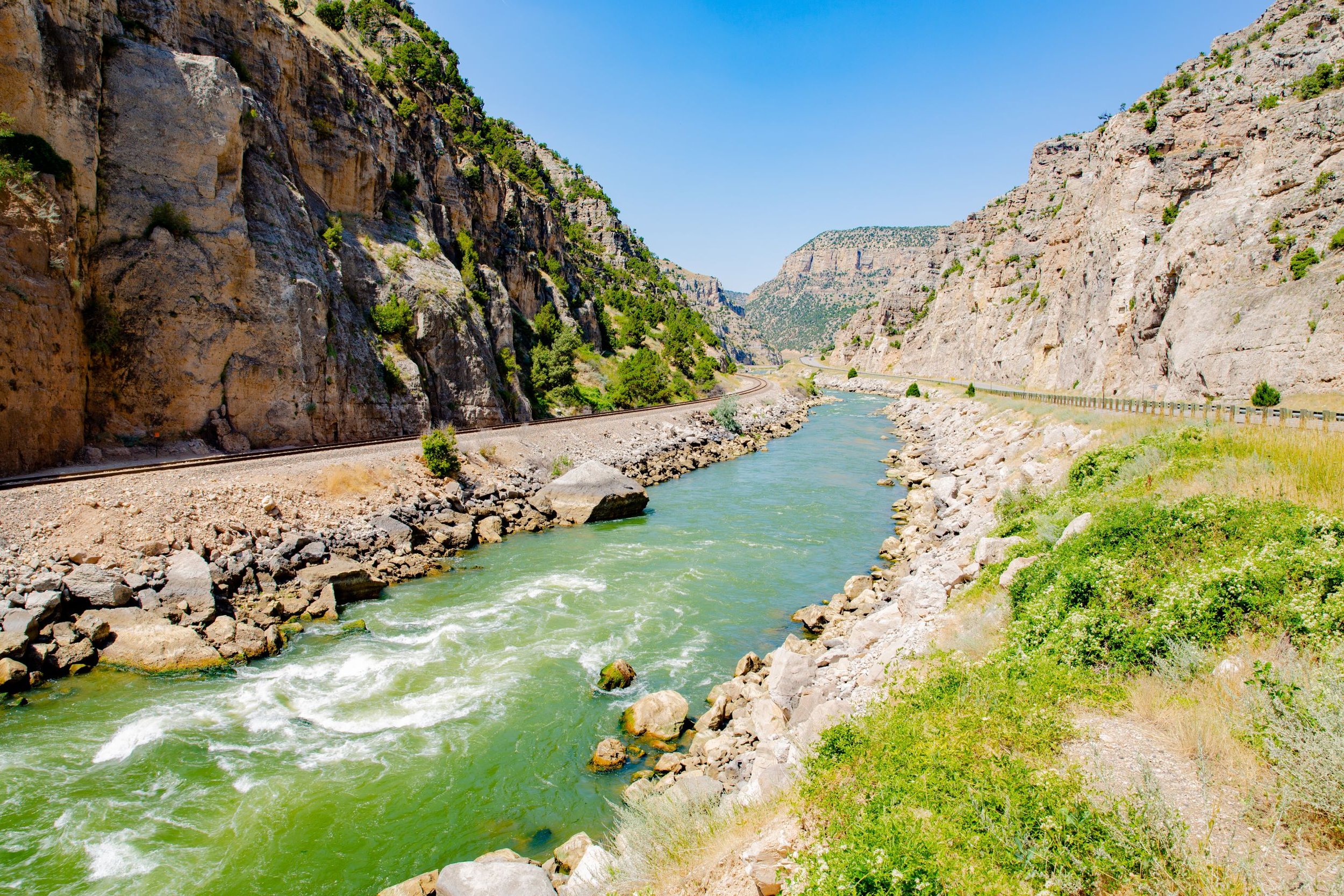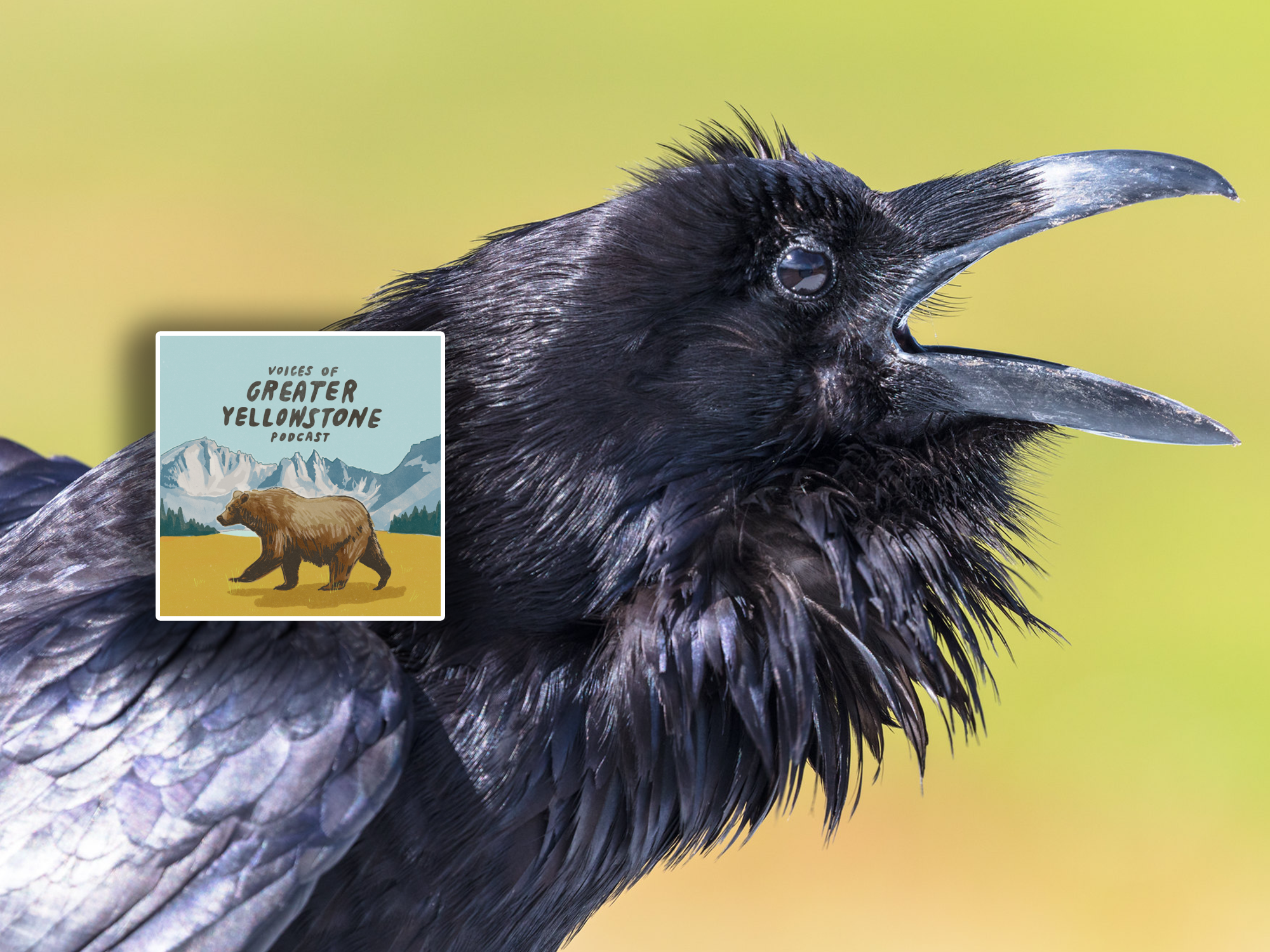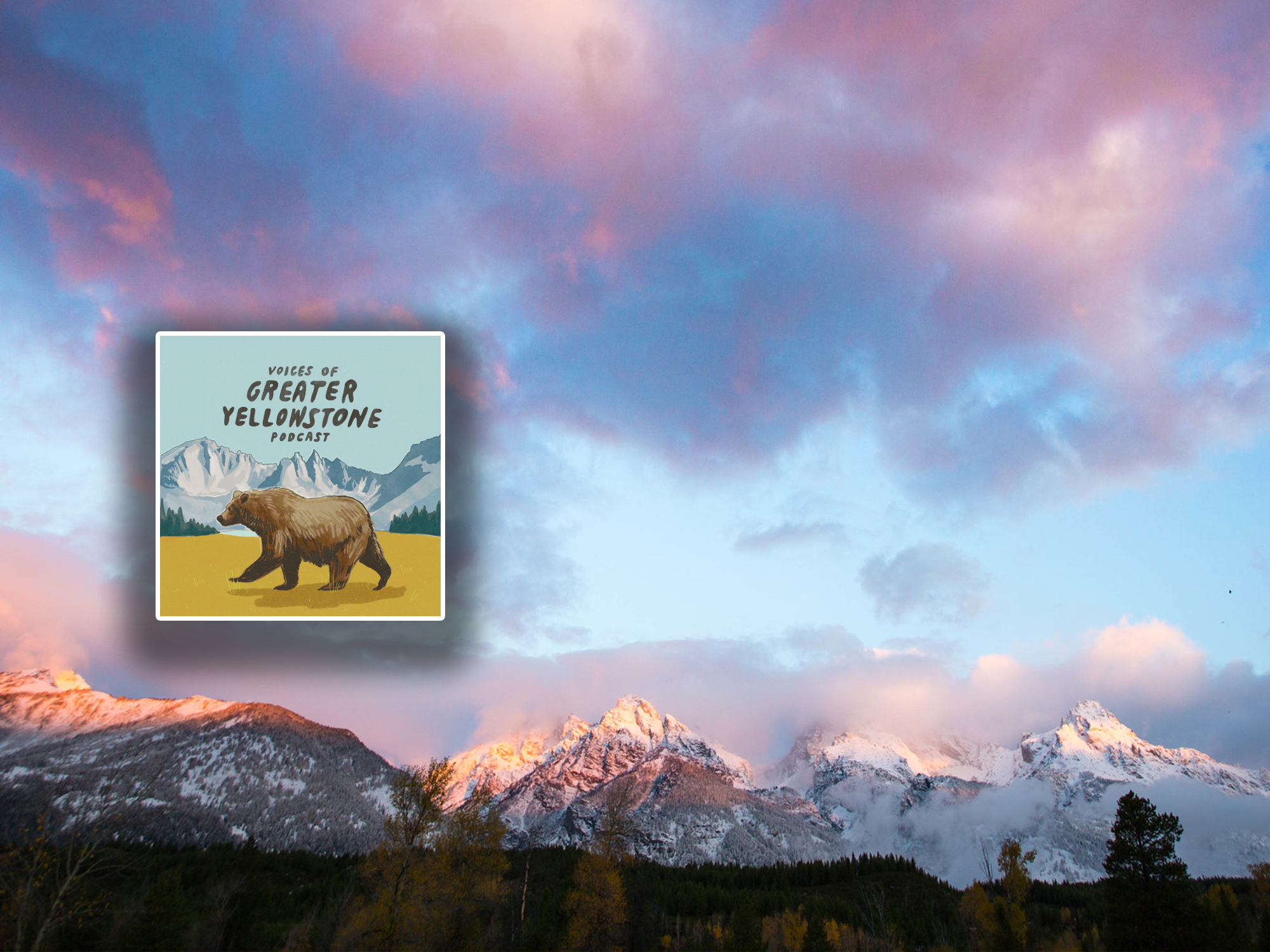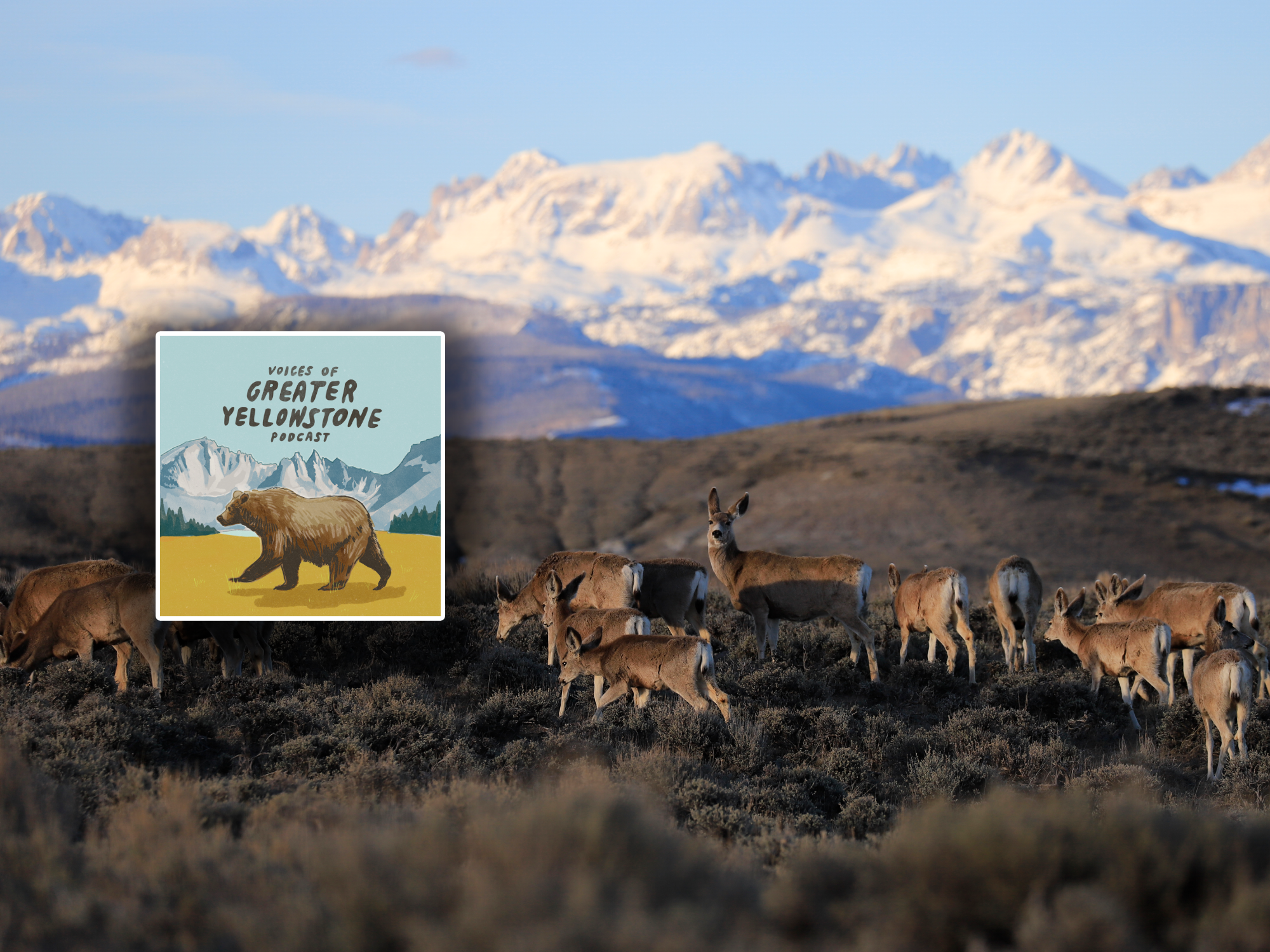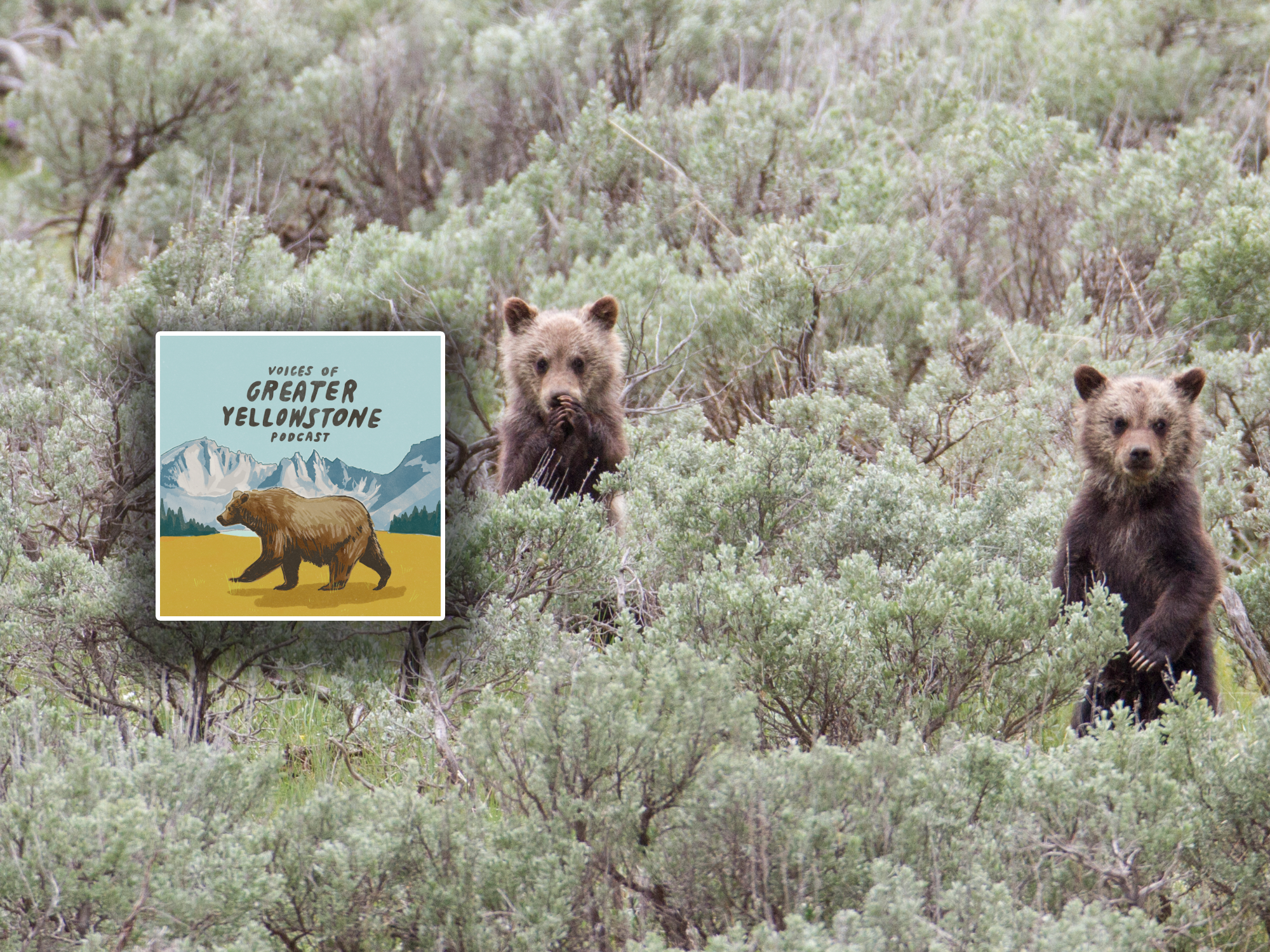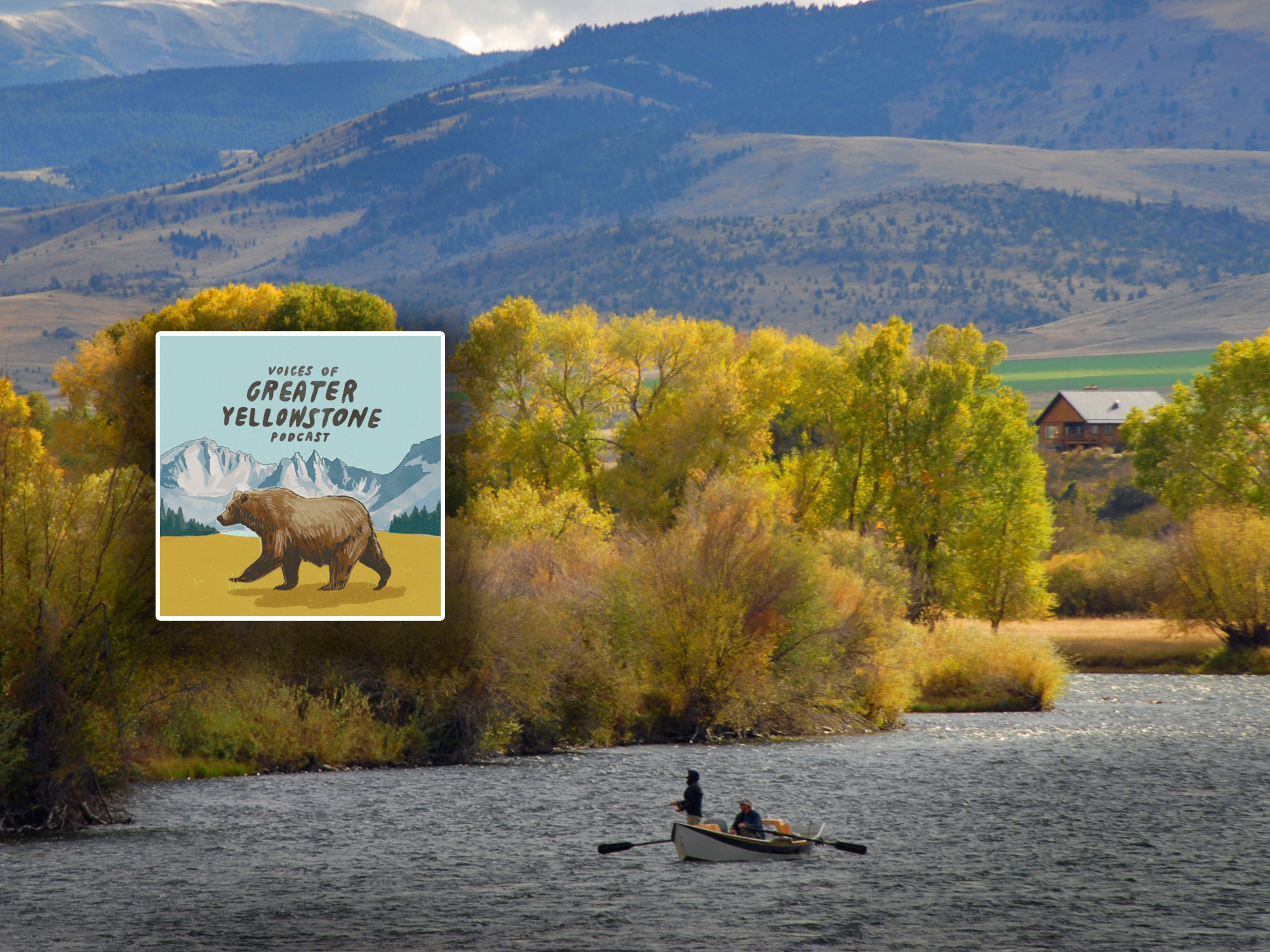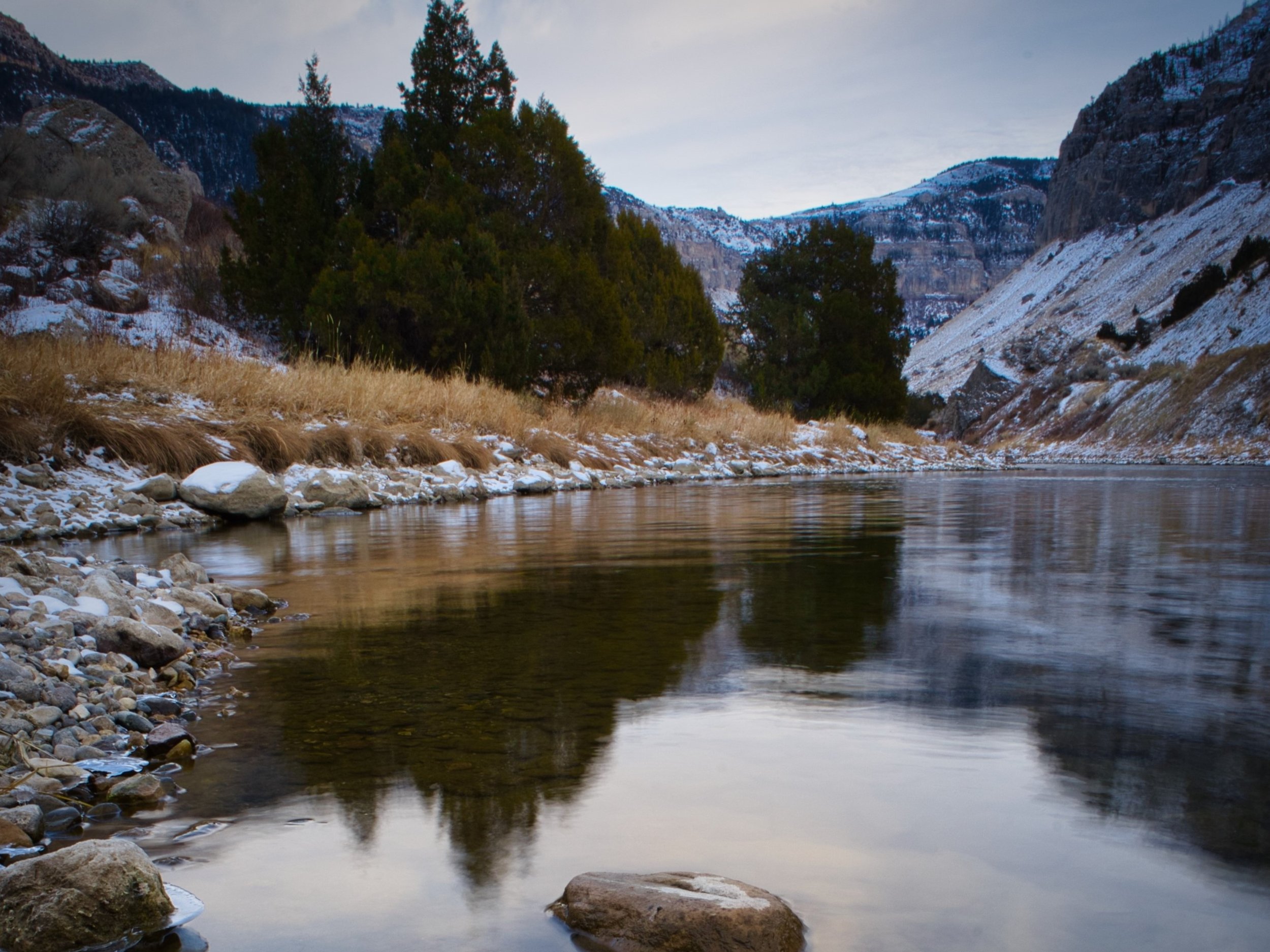
Protecting Sacred Waters
The rivers of Greater Yellowstone are perhaps the ecosystem’s most valuable and vital resource.
They shape and define landscapes, carry drinking and irrigation water to communities, support local economies, and provide opportunities for recreation and reverence. Equally important is the spiritual aspect of rivers. The Indigenous People of Greater Yellowstone view water as sacred. It is a life-giving force that is central to many traditions and ceremonies; a resource all people should honor, protect, and respect.
In 1919, the Bureau of Reclamation built Diversion Dam on the Big Wind River against the wishes of the Eastern Shoshone and Northern Arapaho of the Wind River Indian Reservation. The Tribes knew the dam would impact their way of life; it was built anyway. Today, more than 100 years later, the main stem of the river has been gravely deteriorated, resulting in a 90 percent decline of the once robust populations of rainbow and brown trout.
Even more devastating, the diversion of water away from the Tribes to non-Indian irrigators downstream has created persistent hardships for the people of the Wind River Indian Reservation. In 1977, the State of Wyoming sued the Eastern Shoshone and Northern Arapaho to adjudicate the water rights of the Wind River and Bighorn system. The decades-long Bighorn cases (I-III) limited quantity of Tribal water and attempted to restrict use of Tribal water rights to irrigation, despite the many ecological and cultural uses described in the Tribal Water Code. The decision ignored the Fort Bridger Treaty of 1868 which was supposed to protect the Tribes’ rights to their lands – and waters – within the boundaries of the reservation, and beyond.
Today, the Greater Yellowstone Coalition is working to address the environmental and socio-economic impacts of Diversion Dam. We are working with the Eastern Shoshone and Northern Arapaho Tribes and federal and state agencies to find long-term solutions to the function and management of the system, including restoring the cultural and ecological health of the Big Wind River and its tributaries. We are also working to identify priority areas for river and riparian restoration as well as climate adaptation and resiliency projects along a 53-mile stretch of the river to support the cultural, medicinal, nutritional, and ceremonial needs of the Eastern Shoshone and Northern Arapaho. Our goal is to improve flow regimes, water quality and quantity, riparian and aquatic habitat health, and native fish and beaver populations.

